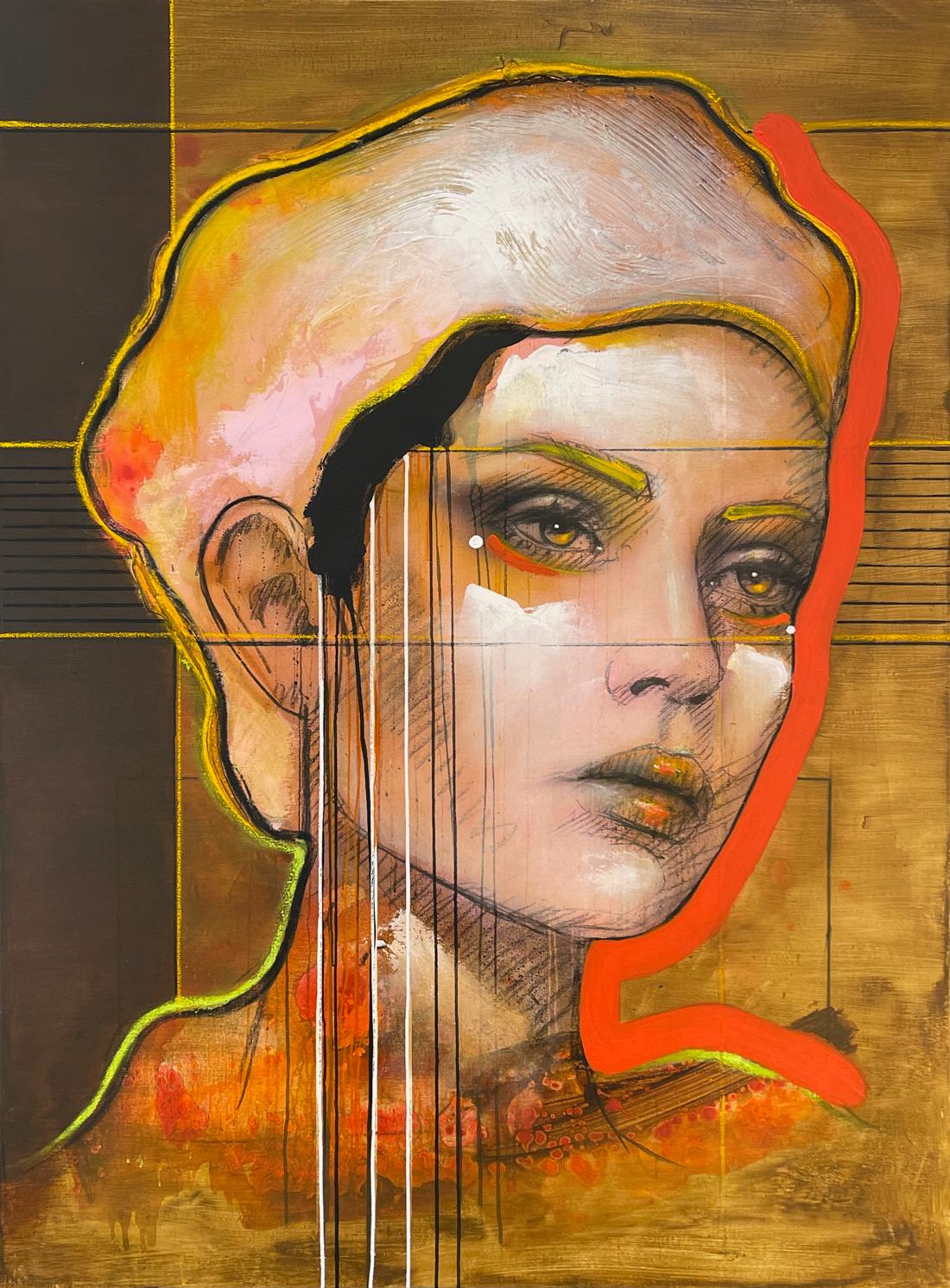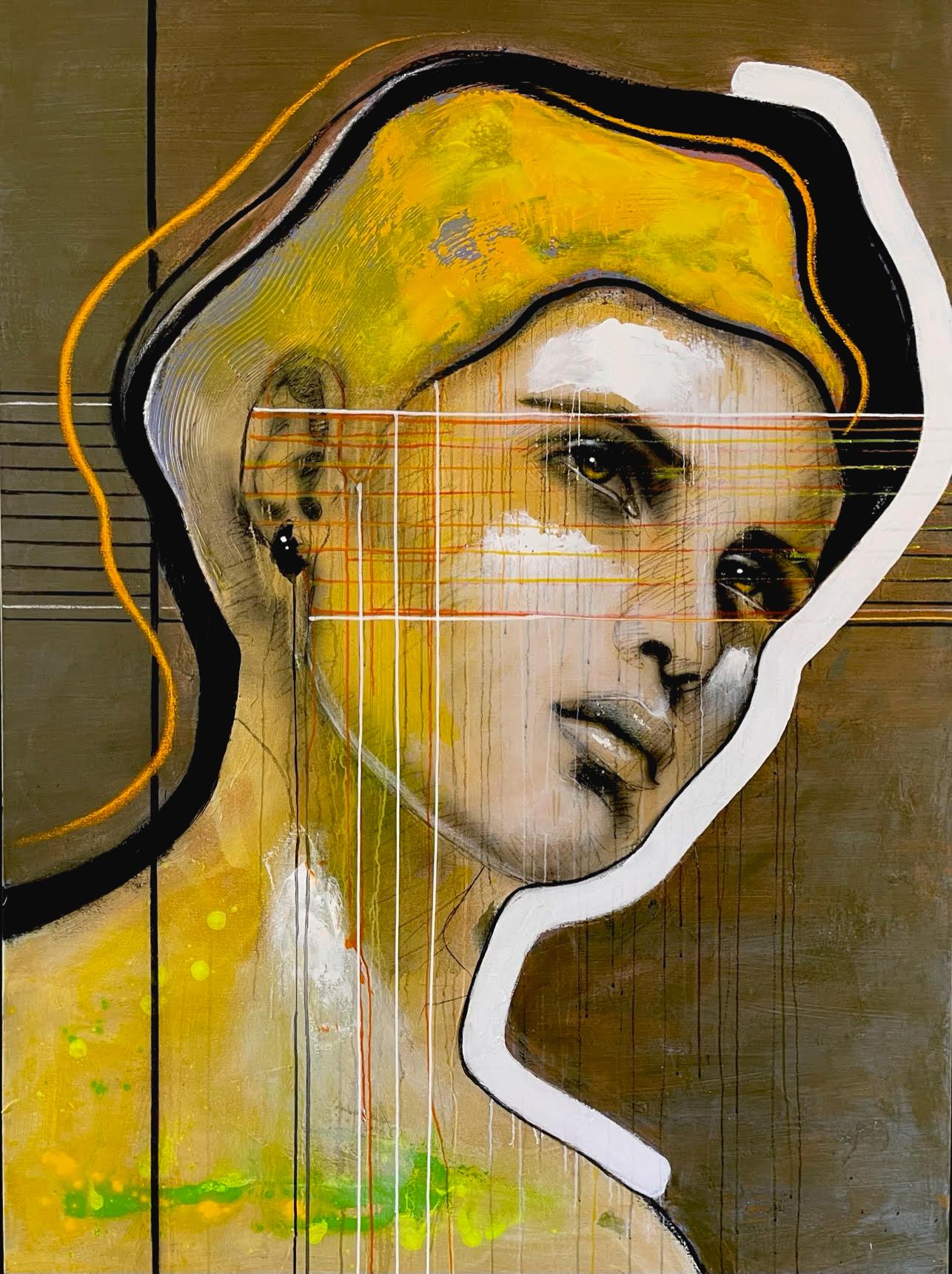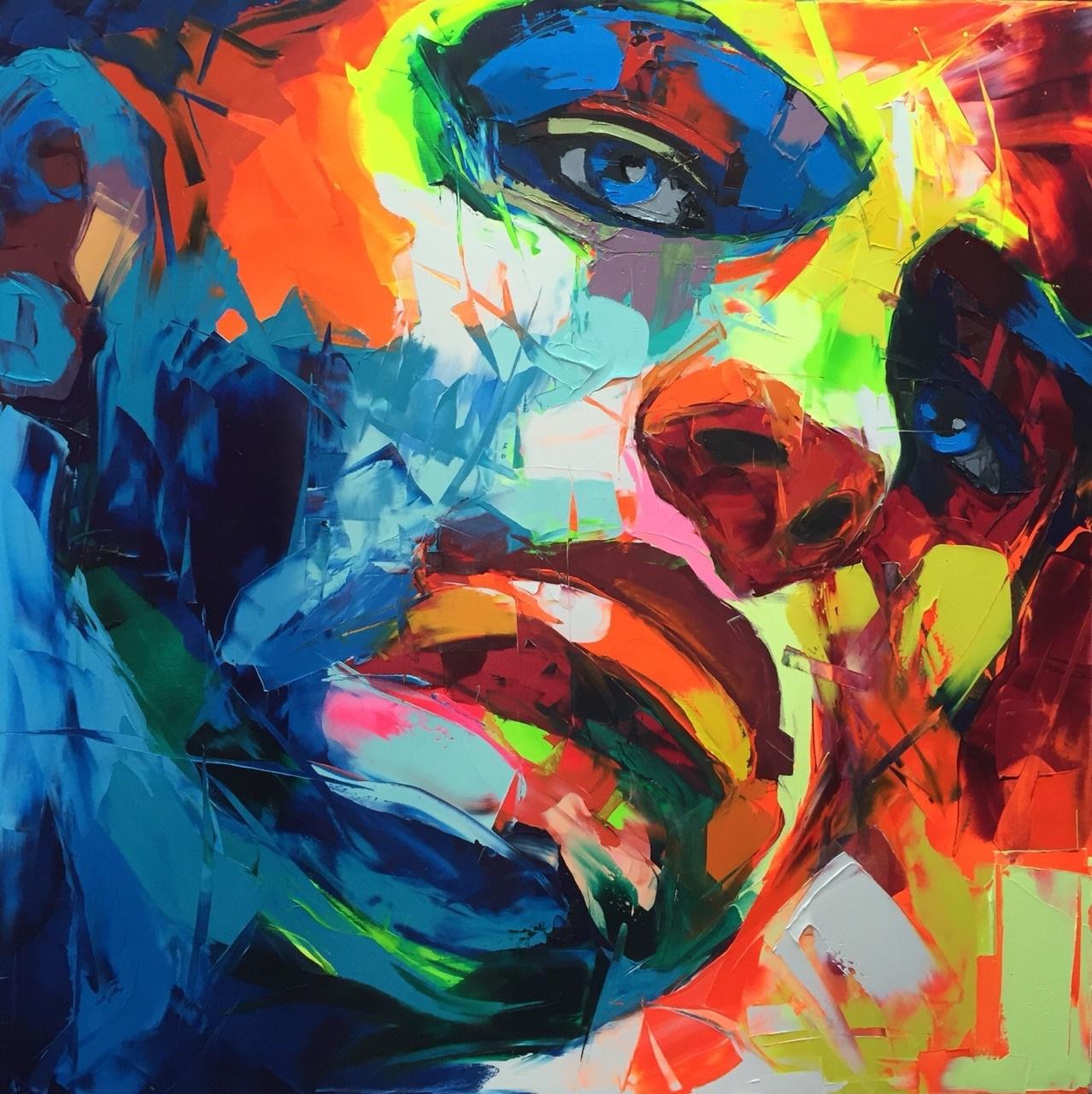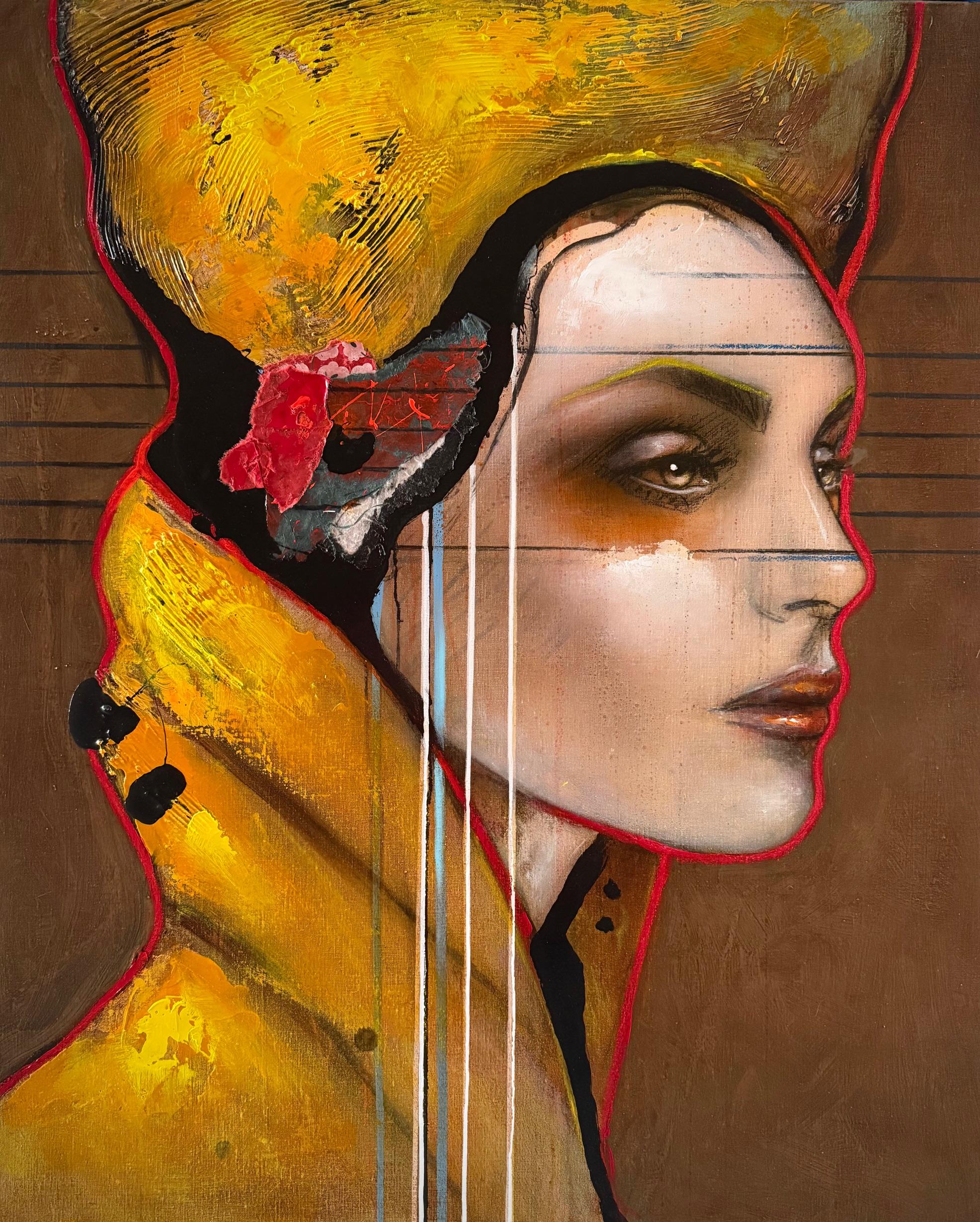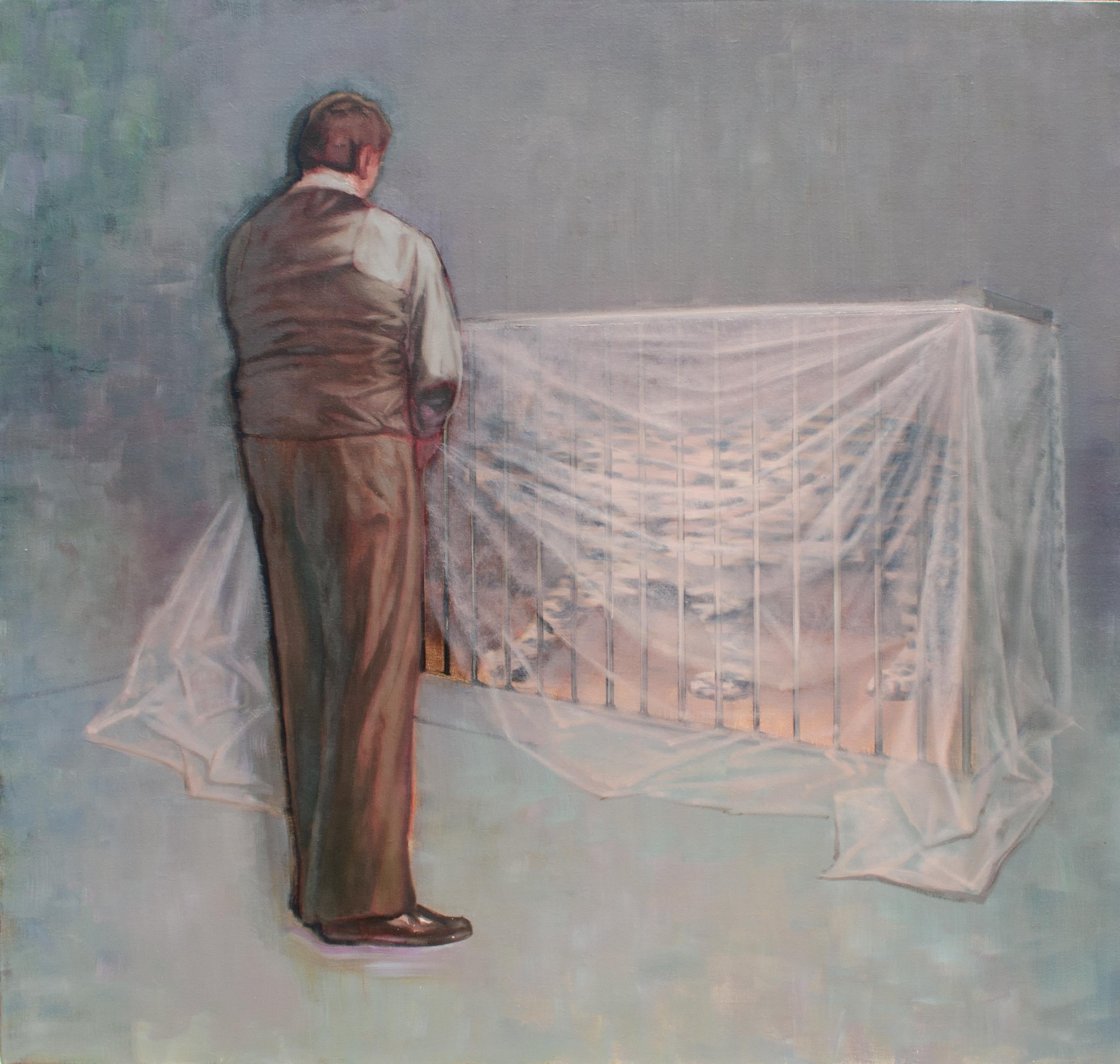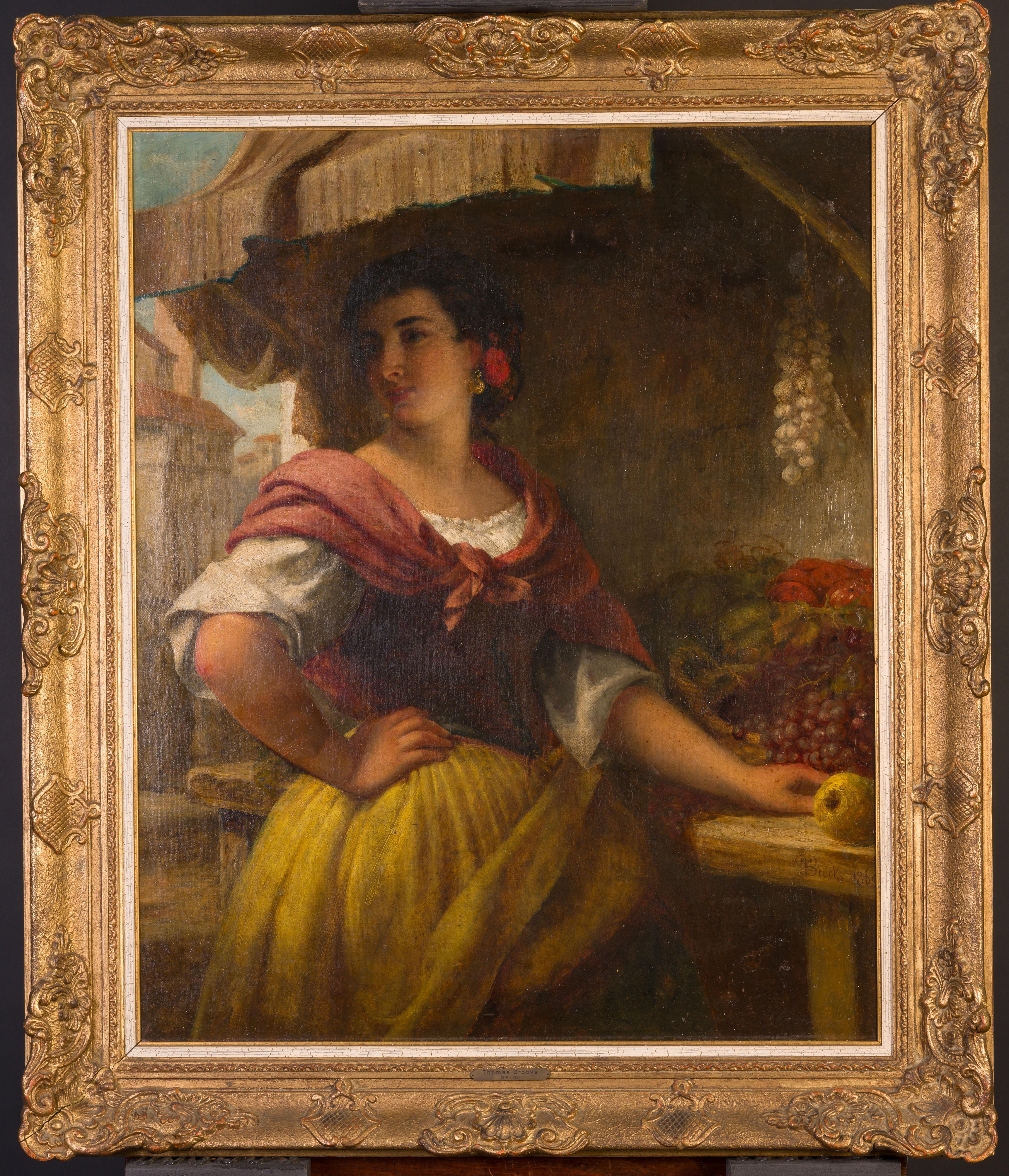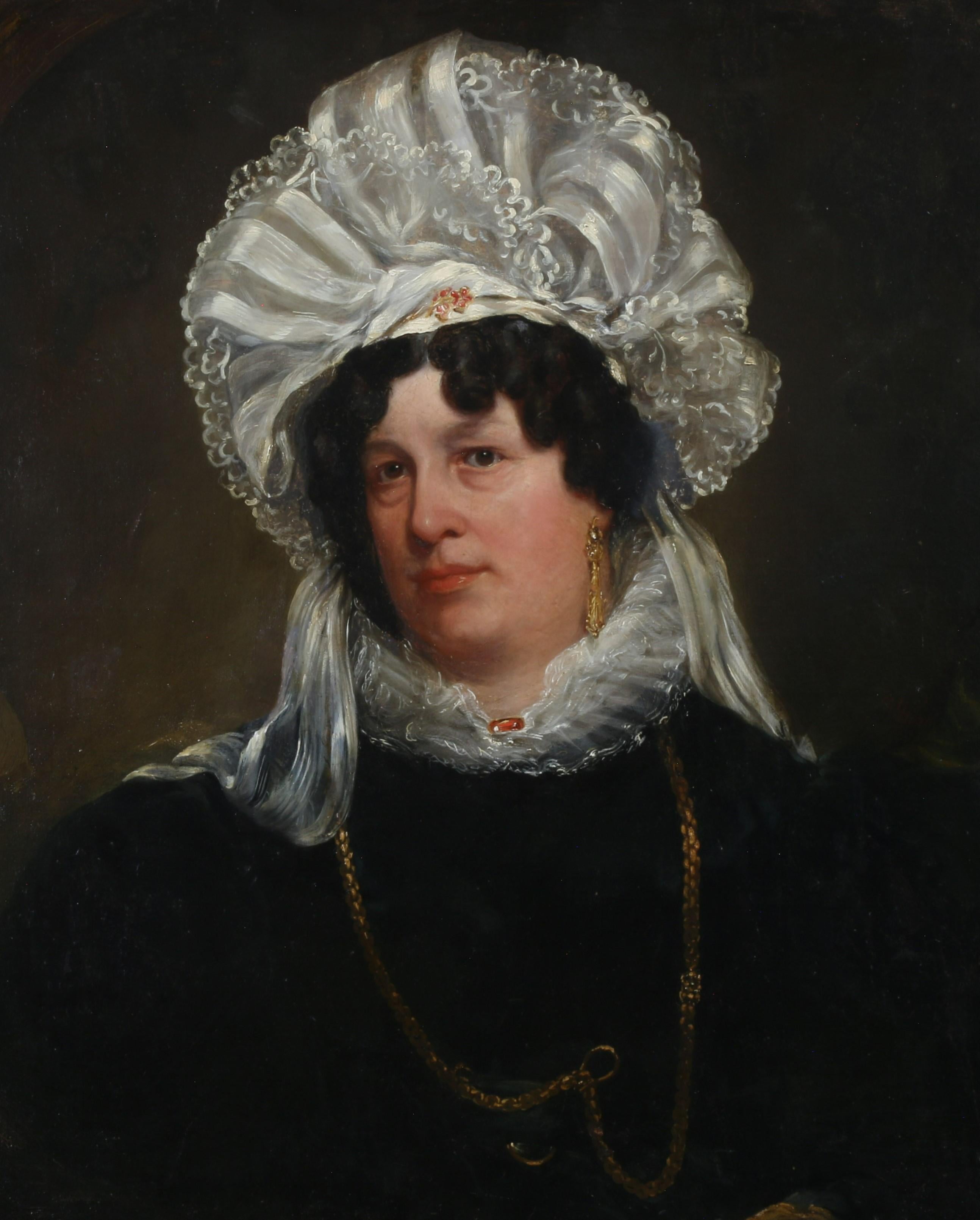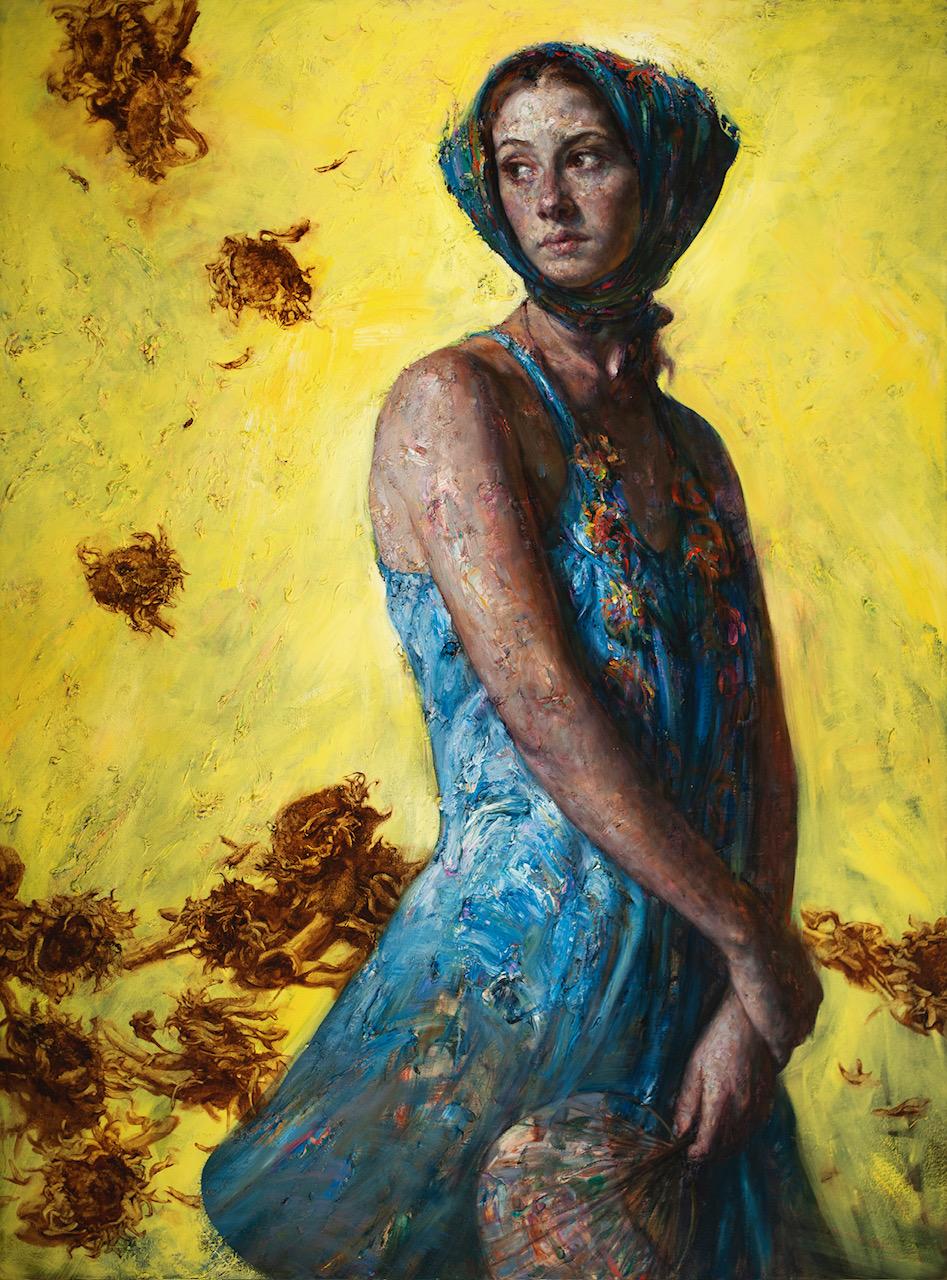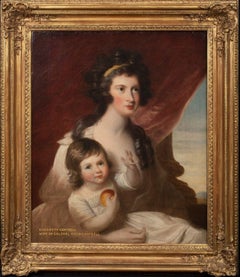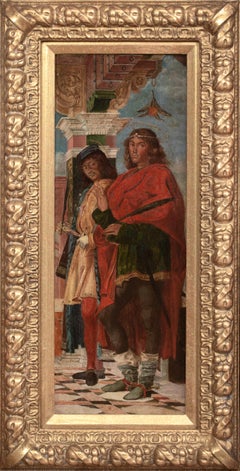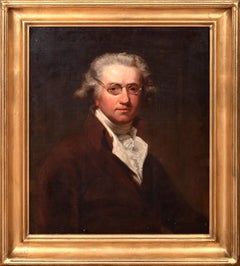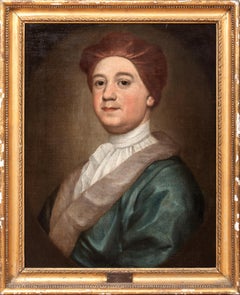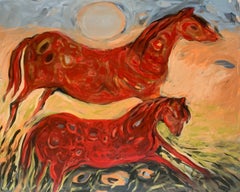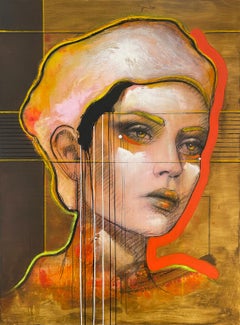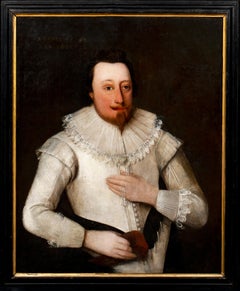
Portrait Of A Elizabethan Gentleman Traditionally Identified As Edmund Spenser
View Similar Items
Want more images or videos?
Request additional images or videos from the seller
1 of 9
UnknownPortrait Of A Elizabethan Gentleman Traditionally Identified As Edmund Spenser
$17,241.82List Price
About the Item
- Dimensions:Height: 40 in (101.6 cm)Diameter: 33 in (83.82 cm)
- Medium:
- Period:
- Condition:
- Gallery Location:Blackwater, GB
- Reference Number:Seller: 7832951stDibs: LU1577210043192
About the Seller
4.9
Gold Seller
Premium sellers maintaining a 4.3+ rating and 24-hour response times
Established in 2008
1stDibs seller since 2021
293 sales on 1stDibs
Typical response time: 3 hours
Authenticity Guarantee
In the unlikely event there’s an issue with an item’s authenticity, contact us within 1 year for a full refund. DetailsMoney-Back Guarantee
If your item is not as described, is damaged in transit, or does not arrive, contact us within 7 days for a full refund. Details24-Hour Cancellation
You have a 24-hour grace period in which to reconsider your purchase, with no questions asked.Vetted Professional Sellers
Our world-class sellers must adhere to strict standards for service and quality, maintaining the integrity of our listings.Price-Match Guarantee
If you find that a seller listed the same item for a lower price elsewhere, we’ll match it.Trusted Global Delivery
Our best-in-class carrier network provides specialized shipping options worldwide, including custom delivery.More From This Seller
View AllPortrait Of Elizabeth Campbell & Daughter, Wife Of Colonel Colin Campbell
Located in Blackwater, GB
Portrait Of Elizabeth Campbell & Daughter, Wife Of Colonel Colin Campbell
circle of Margaret Carpenter (1793-1872)
Large 19th Century English portrait of Elizabeth Campbell & Daughter, oil on canvas. Seated half length mother and daughter portrait of the wife of Colonel Colin Campbell. Good quality similar to Margaret Carpenters...
Category
19th Century Portrait Paintings
Materials
Canvas, Oil
Saint Nazarius & Celsus (350AD) after Bartolomeo Montagna (1450-1523)
Located in Blackwater, GB
Saint Nazarius & Celsus (350AD), 18th Century
Diptych Of The Christian Knights & Martyrs after lost work by Bartolomeo Montagna (1450-1523)
Large 18th Century Italian Old Master de...
Category
18th Century Portrait Paintings
Materials
Canvas, Oil
Portrait Of Sir Joshua Reynolds (1723-1792), 18th Century English School
Located in Blackwater, GB
Portrait Of Sir Joshua Reynolds (1723-1792), 18th Century
English School
Large 18th Century English portrait of painter Sir Joshua Reynolds, oil on canvas. Excellent quality and co...
Category
18th Century Portrait Paintings
Materials
Oil, Canvas
Portrait Of William Hogarth (1697-1764) , 18th Century English School
Located in Blackwater, GB
Portrait Of William Hogarth (1697-1764) , 18th Century
English School, Possibly a Self Portrait
Large 18th century English School portrait of painter and satirist William Hogarth, ...
Category
18th Century Portrait Paintings
Materials
Canvas, Oil
Portrait Of Victor Rigal, Alfa Romeo Racing Team, dated 1929 Monogrammed LAC
Located in Blackwater, GB
Portrait Of Victor Rigal, Alfa Romeo Racing Team, dated 1929
Monogrammed LAC
Large 1929 Motorsport racing portrait of team Alfa Romeo driver identified as Victor Rigal, oil on can...
Category
Early 20th Century Portrait Paintings
Materials
Canvas, Oil
Portrait Of A Regency Gentleman 19th Century European School
Located in Blackwater, GB
Portrait Of A Regency Gentleman, 19th Century
European School - unfinished study
Large 19th Century European School unfinished portrait of a gentleman, oil on canvas. Excellent qua...
Category
19th Century Portrait Paintings
Materials
Canvas, Oil
You May Also Like
MINSTREL- G.Faliero Neapolitan School Italy - Italian Poratrait oil on Canvas
By Giovanni Faliero
Located in Napoli, IT
Minstrel - Giovanni Faliero Italia 2002 - Oil on canvas cm. 80x60.
Giovanni Faliero’s painting depicts an elegant musician, his figure is well lit, accentuated by strong contrasts with the shaded areas. the Baroque style painting...
Category
Early 2000s Italian School Portrait Paintings
Materials
Canvas, Oil
Two horses. Contemporary Abstract Oil Painting, Colorful, Dynamic, Polish art
By Monika Rossa
Located in Warsaw, PL
Abstract painting by Polish artist living in USA Monika Rossa. Painting depicts two horses running, it is in warm colors. The background is abstract and it is dynamic.
MONIKA ROSSA ...
Category
21st Century and Contemporary Contemporary Figurative Paintings
Materials
Canvas, Oil
SPRING PORTRAIT- French School Impressionist - Italian Oil on Canvas Painting
By Jean Philipe Moreno
Located in Napoli, IT
SPRING PORTRAIT - Oil on canvas cm.30x24 by Jean Philipe Moreno, Italy 2002.
Frame available on request from our workshop.
Moreno’s portrait depicts a young Parisian woman, her face ...
Category
2010s Old Masters Portrait Paintings
Materials
Canvas, Oil
Fons - 21st Century, Contemporary, Portrait Painting, Oil, Acrylic, Canvas
By Ger Doornink
Located in Barcelona, Catalonia
The Dutch multidisciplinary artist, Ger Doornink, specialises in painting, illustration and photography. Time spent living in Tokyo, Milan and currently Amsterdam, has heavily influe...
Category
21st Century and Contemporary Contemporary Portrait Paintings
Materials
Canvas, Oil, Acrylic
Genevieve - 21st Century, Contemporary, Figurative, Portrait Painting, Oil
By Ger Doornink
Located in Barcelona, Catalonia
The Dutch multidisciplinary artist, Ger Doornink, specialises in painting, illustration and photography. Time spent living in Tokyo, Milan and currently Amsterdam, has heavily influe...
Category
21st Century and Contemporary Contemporary Portrait Paintings
Materials
Canvas, Oil, Acrylic
Untitled 730 - 21st Cent, Contemporary, Figurative, Oil Painting, Portrait, Pop
By Françoise Nielly
Located in Barcelona, Catalonia
Françoise Nielly has explored the different facets of image all her life, through painting, photography, roughs, illustrations and virtual computer generated animated graphics. It is...
Category
21st Century and Contemporary Contemporary Figurative Paintings
Materials
Canvas, Oil
Recently Viewed
View AllMore Ways To Browse
Portrait Of Gentleman
Belgium Oil Painting Portrait
Antique Gentleman Portrait
Portrait Collar
Gentleman Oil Portrait
Portrait Of A Young Gentleman
17th Century Portrait Of A Gentleman
Ruff Collar
Elizabethan Painting
Elizabethan Portraits
Elizabethan Oil Portrait
Portrait Of A Young Girl
19th Century English Portraits
Portrait Of A Man Oil On Canvas
Male Portrait Paintings
English School Portrait
19th Century French Paintings Portraits
Gold Frame Oil Painting Portrait



